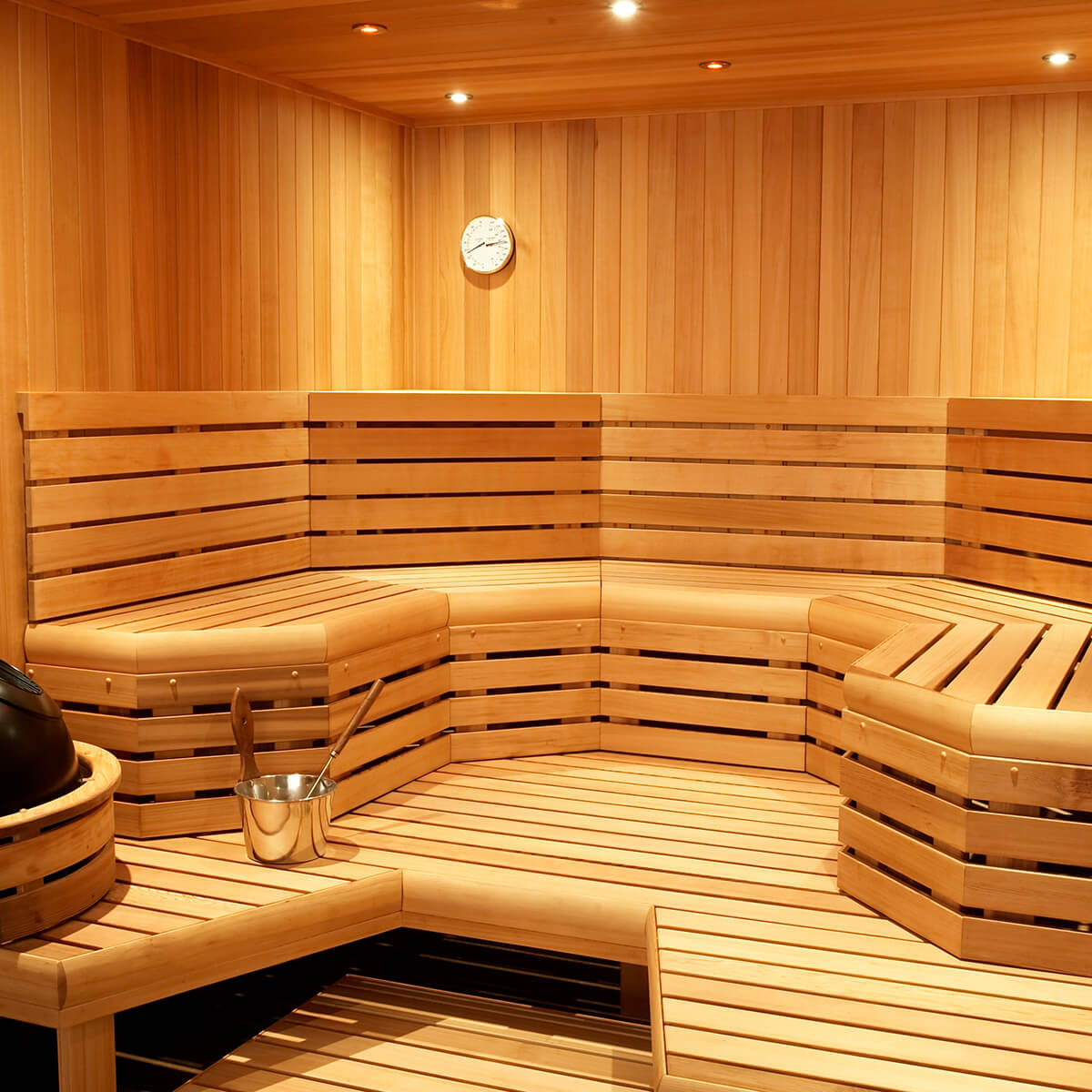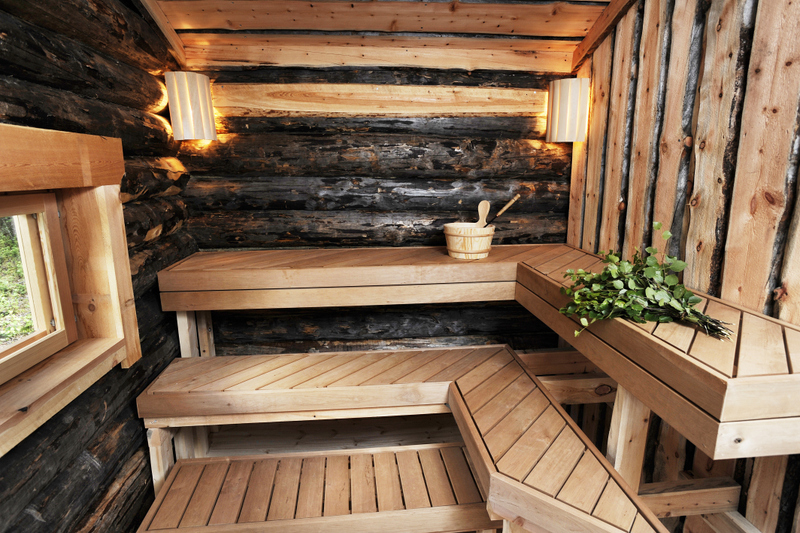The Single Strategy To Use For Traditional Sauna
The Single Strategy To Use For Traditional Sauna
Blog Article
Getting The Traditional Sauna To Work
Table of ContentsSome Known Incorrect Statements About Traditional Sauna Traditional Sauna - The FactsAn Unbiased View of Traditional SaunaHow Traditional Sauna can Save You Time, Stress, and Money.How Traditional Sauna can Save You Time, Stress, and Money.
A lot of the weight shed in a sauna is water loss and is re-gained upon rehydrating. Without a question sauna can be a vital component of a healthy and balanced weight loss program. To consider the differences in between conventional and IR saunas, I will certainly separate these into verifiable, theoretical, and fabricated distinctions.Thus, the most popular factor in the saunawhich goes to the ceiling directly over the sauna heateris typically between 185 and 190 F. Claims that a conventional sauna surpasses 200 F is simply not real and not appropriate for electrical saunas sold in the United States. The temperature level for a far-infrared sauna is normally set between 120 and 140 F; nevertheless, unlike the typical sauna, the goal in and IR room is not to accomplish a high temperature.

When a conventional sauna has been effectively heated up, the sauna walls are warm, the air temperature level has achieved established temperature level and the rocks are very warmed. As a fascinating side note, the warmed wall surfaces and the rocks are producing far-infrared heat, combined with the heated air, to produce an "wrapping up warm".
Excitement About Traditional Sauna
When the high temperature level is achieved, the elements cycle on and off to preserve the high temperature. The majority of typical sauna customers delight in pouring water over the rocks to create vapor to elevate sauna humidity degrees. The benefits of pouring water over the rocks include: making the space a lot more comfortable, moistening the nasal passages, and allowing the use of aromatherapy by blending crucial oils with the water.

When the energy gets in the body, it causes the body temperature to raise and inevitably leads to sweating. In an infrared important site sauna it is necessary for the emitters/heaters to remain on nearly regularly. Given that there is no mass of rocks to keep warm, the sauna will cool if the emitters turned off.
Traditional Sauna Things To Know Before You Get This
As mentioned above, the sauna bather in an infrared room intends to place himself in front of running emitters to obtain optimal gain from the warm. The heating time for the 2 areas can be very various, depending on just how the rooms are made use of. For a conventional sauna, a bather ought to permit 30-40 mins for the area to achieve a desired temperature and to correctly pre-heat the rocks.

A well constructed sauna will typically attain a temperature level of 150-160 F in concerning 30-40 minutes. For hotter temperatures, the room may need to warm for a longer duration.
To some, 15 minutes was "thrown away" while the infrared power warmed the timber panels as opposed to warming a body, while others find a pre-heated space to be much more comfortable and believe an elevated beginning temperature level is necessary to begin sweating. The size of recommended usage for every space is about the very same (10-15 mins per session); nevertheless, due to the reduced air temperatures and the capability to feel the impacts of infrared heat faster than a typical sauna, it is not uncommon for a person to invest a total of 20-30 mins in an infrared sauna.
Get This Report about Traditional Sauna

The ordinary expense per kWH of power in the united state is around $0.11, so a 4.5 kW heater will certainly cost approximately $.50 to compete one hour, if the heater runs continually for one hour. Typically a sauna heating unit will certainly run for 75% of the very first hour and 50% of subsequent hours on considering that the aspects cycle once the set temperature is attained.
A two person far-infrared area is typically physically go to the website smaller sized than a traditional sauna, usually concerning 4' x 4' or smaller sized. The IR heater is commonly official website 1.5-1.7 kW using a 120 volt 15 amp plug-in solution. Given that the room can be made use of quicker than a sauna room, we will think the room is made use of for to of an hour including warm up time.
Finally, there is a hardly ever reviewed distinction in the social experience between both spaces. While our culture has shed a few of the social advantage of the conventional sauna experience, it can be very socially satisfying (Traditional Sauna). From family members time in the sauna, to heart-felt discussions with significant others, to sauna partiesthe typical sauna experience can bring about intimate mingling
Little Known Questions About Traditional Sauna.
A lot of higher end infrared rooms consist of tinted light therapy, sound systems and full-glass fronts.
Report this page